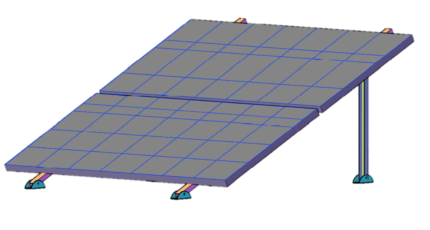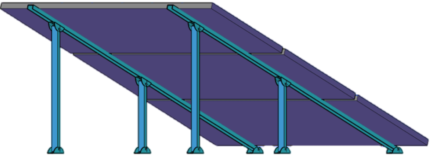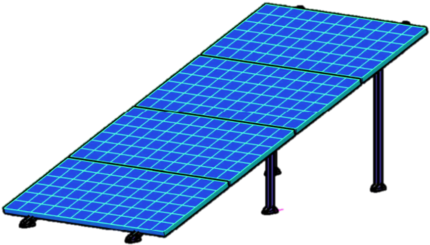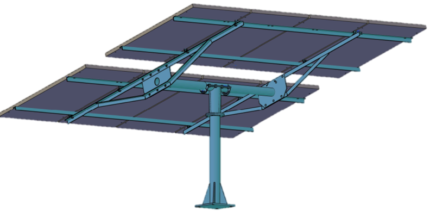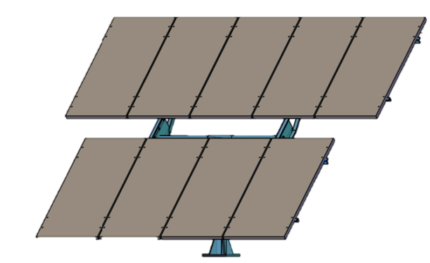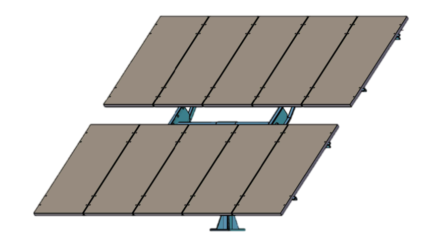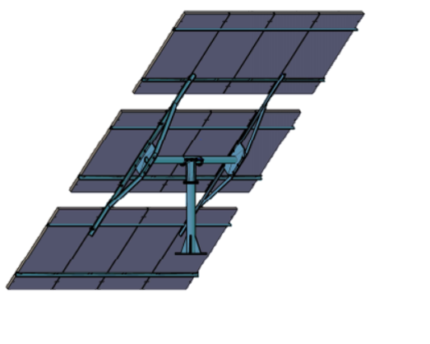Sun Lock L2 Solar Structure
Sun Lock L3 Solar Structure
Sun Lock L4 Solar Structure
8 Panels Sol-Track
9 Panels Sol-Track
10 Panels Sol-Track
12 Panels Sol-Track
More About Solar Structure:
Solar structure is design to support and hold solar panels or other types of solar equipment. Such as solar thermal collectors, in order to harness the energy from the sun. These structures can built on the ground or on the roof, and they can be produce of steel, aluminum or composite materials. Solar structures can be use to shade the area and shield it from the elements, like rain and snow. In addition, to supporting solar panels. They can also be design with features like green roofs or rainwater collection systems to make them even more sustainable.
Rooftop mount sun base structures are ordinarily join to the rooftop utilizing unique mounting equipment. And are shift at a point to streamline energy creation. The solar panels’ weight and any snow or wind loads in the area must be taken into account when designing these structures. Depending on the size and orientation of the solar panel array. Solar structures can be customize to meet specific energy production objectives. They can also be design to blend in with the surrounding architecture or landscape for a pleasing appearance.
Features of Solar Structure:
- Tilt angle adjustment: Solar structures are use to hold solar panels at an angle so that they can get the most sunlight. Contingent upon the area and season, the slant point might should be change in accordance with upgrade energy creation.
- Tracking systems: Tracking systems can be install on some solar structures. So that the solar panels can follow the sun throughout the day, maximizing energy production. Tracking systems can be divide into two categories: both single- and dual-axis
- Durability: Solar structures need to be built to withstand severe weather, like strong winds, heavy rain and snow. Most of the time, they are produce by sturdy materials like steel or aluminum.
- Aesthetics: Sunlight base designs can be intend to be outwardly engaging and mix in with their environmental factors. They are able to be coat or paint in a wide range of colors and finishes.
- Space utilization: Sun power design can intend to take advantage of room, particularly in metropolitan conditions where space is restrict. They can put in place on parking lots, rooftops, and other places that might not be good for other kinds of development.
- Compatibility with other systems: For a solution that is both more long-lasting and better for the environment, solar structures can be combine with other environmentally friendly systems, such as rainwater collection systems or green roofs.
- Maintenance: To maintain their optimal performance, solar structures require routine upkeep. Cleaning the solar panels and performing routine checks to check for wear and tear may be part of this.

